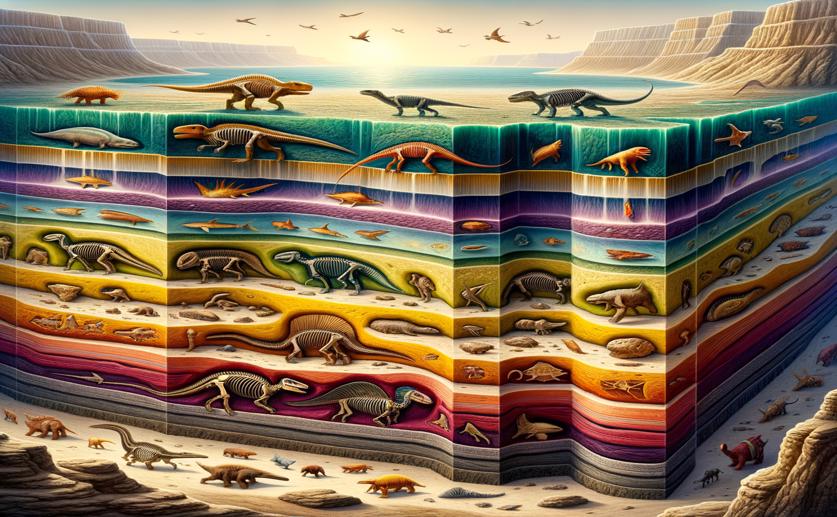Jim Crocker
1st May, 2025

Image Source: Natural Science News, 2025
Key Findings
- In Switzerland, researchers discovered that different animals change the chemical environment as they decay, influencing how their fossils are preserved
- They found that larger animals create conditions that better preserve their remains, and the types of their body tissues also play a crucial role
- These insights help explain why some fossils are exceptionally well-preserved and why preservation patterns vary within the same rock layers
The study addressed a significant gap in paleontology by monitoring redox changes around decomposing carcasses of various species, including shrimp, snail, starfish, and planarian. Redox conditions are essential because they determine the chemical reactions that occur as an organism decays, influencing which tissues are preserved and how they are fossilized. Prior research has shown that microbial communities play a vital role in the decay process. For instance, a study on cnidarians revealed that different bacterial communities can affect the preservation of soft tissues, leading to varying fossilization outcomes in different environments[2].
Using microsensors, the researchers measured the redox changes in real-time as the organisms decomposed. They found that larger carcasses tended to create reducing conditions more quickly than smaller ones. This rapid shift to a reducing environment can enhance the preservation of certain tissues by limiting the activity of decay-causing bacteria. However, the study also revealed that size alone does not account for all the variations in redox conditions. The chemical composition of the organisms’ tissues plays a significant role. Specifically, organisms with higher ratios of proteins to lipids and (proteins plus carbohydrates) to lipids were more likely to establish reducing conditions swiftly.
These findings align with previous studies on soft-tissue fossilization. For example, research on the Gaojiashan biota demonstrated that the degradation of labile tissues through bacterial sulfate reduction can lead to pyritization, a form of fossilization where tissues are replaced by pyrite. This process is influenced by the placement and duration of the organism in different microbial zones within the sediment, similar to how the current study shows that the nature of the organic material affects redox conditions[3].
The implications of the University of Lausanne’s study are significant for understanding fossil diversity. Since different organisms create distinct redox environments, various fossilization patterns can occur even within the same sedimentary layer. This explains why some fossil sites, known as Lagerstätte, exhibit an abundance of well-preserved soft-bodied organisms while others do not. For example, previous research suggested that the microbial community differences could account for the absence of compelling soft anthozoans in the Burgess Shale compared to their abundance in the Qingjiang biota[2]. The current study provides experimental evidence supporting this hypothesis by demonstrating how microbial-driven redox changes influence preservation.
Additionally, the study highlights that the interactions between different types of organic materials and microbial communities are complex and multifaceted. This complexity means that predicting fossilization outcomes requires a nuanced understanding of both the biological and chemical factors at play. The use of microsensors to monitor redox changes offers a new methodological approach that complements other techniques, such as those using synchrotron radiation for mineralogical mapping[4]. By combining these methods, scientists can gain a more comprehensive picture of the fossilization process, from the initial decay to the final preservation of tissues.
In conclusion, the research from the University of Lausanne advances our understanding of how varying redox conditions created by different organisms affect fossil preservation. By integrating insights from earlier studies, it becomes clear that both the physical size of an organism and its biochemical makeup are crucial factors in determining how it decays and fossilizes. This knowledge not only helps explain the diversity of fossils found in different geological settings but also enhances our ability to interpret the conditions of past environments based on the fossil record[2][3].
References
Main Study
1) Taxon-specific redox conditions control fossilisation pathways
Published 29th April, 2025
https://doi.org/10.1038/s41467-025-59372-3
Related Studies
Related Articles

